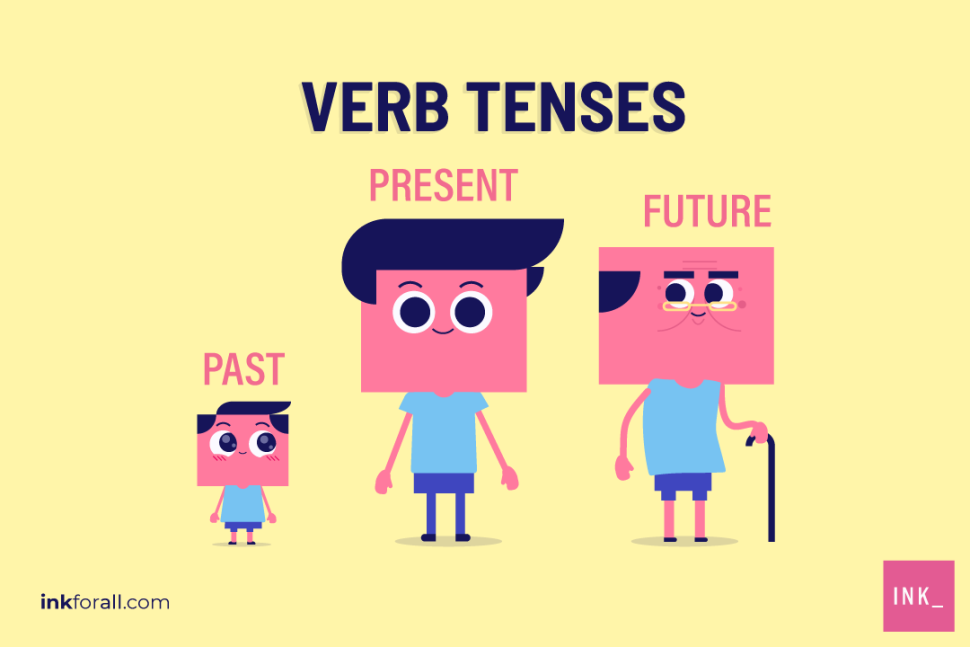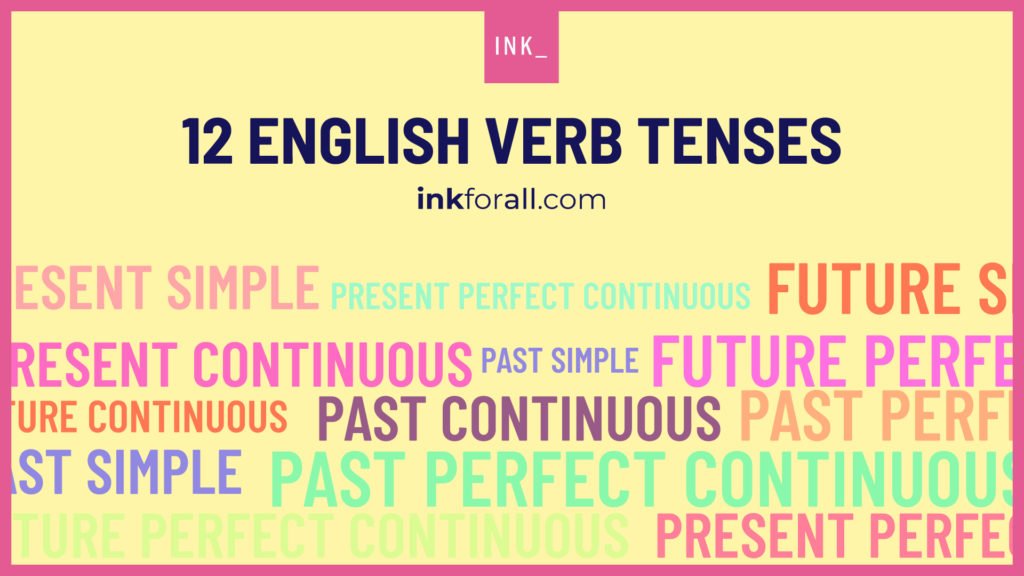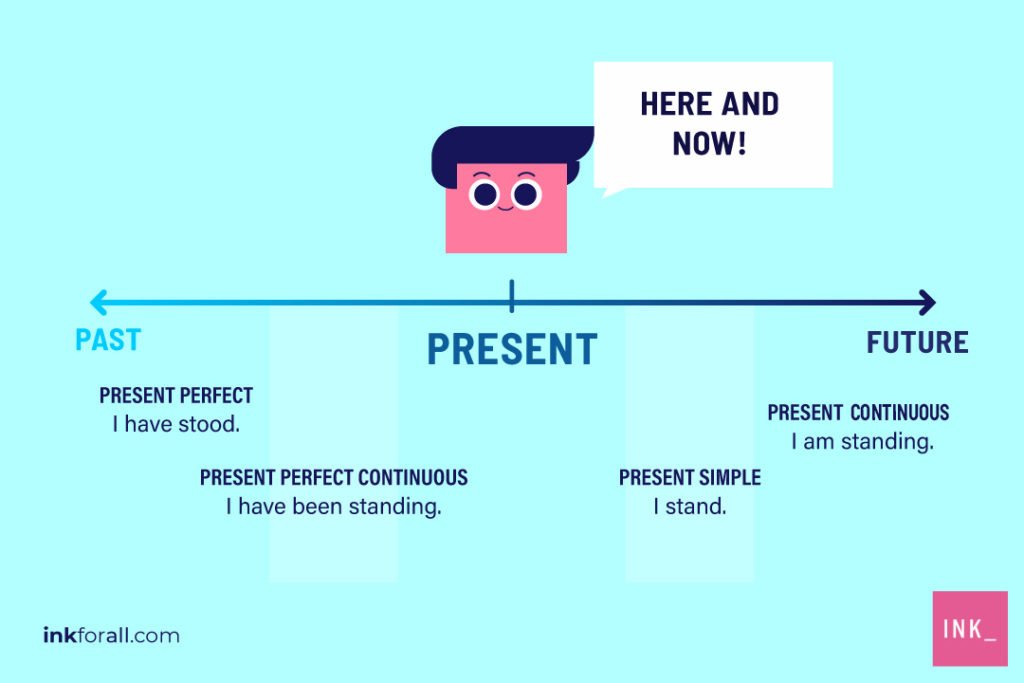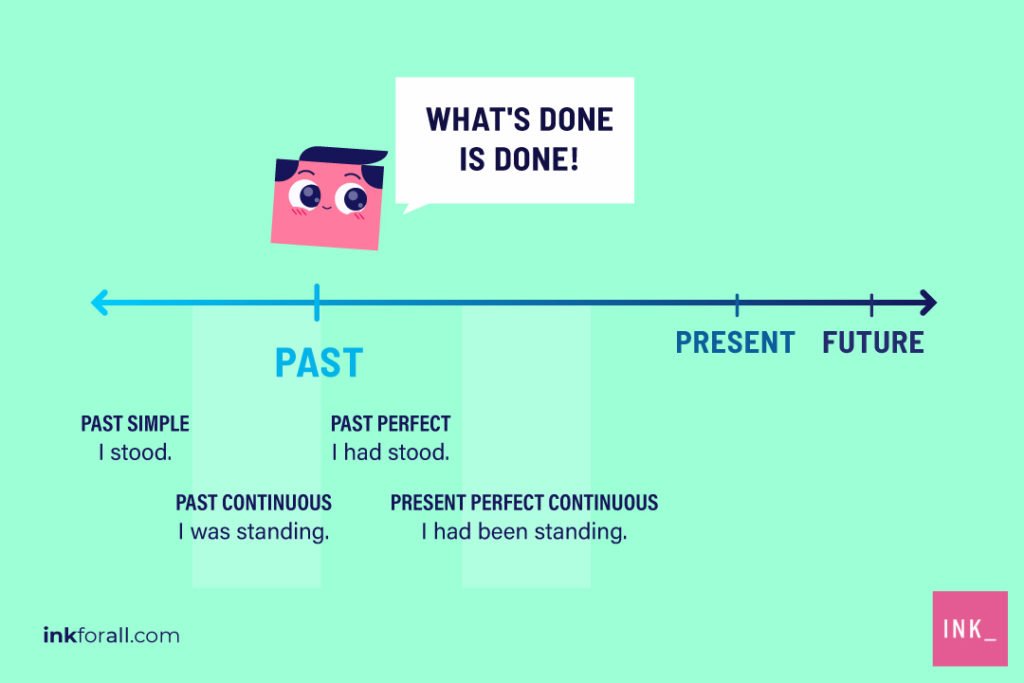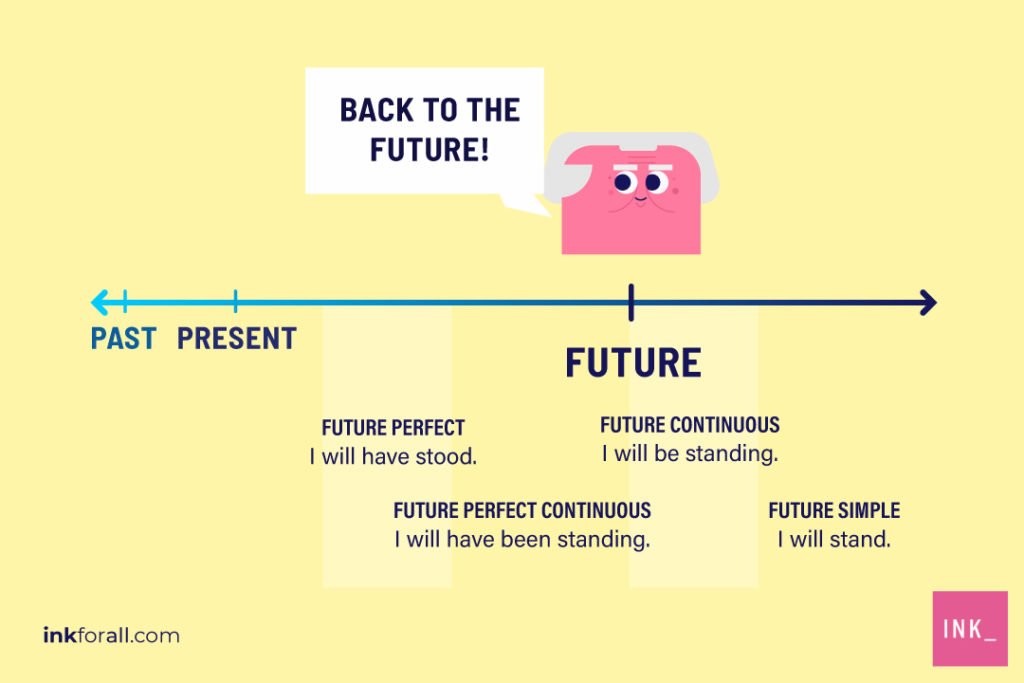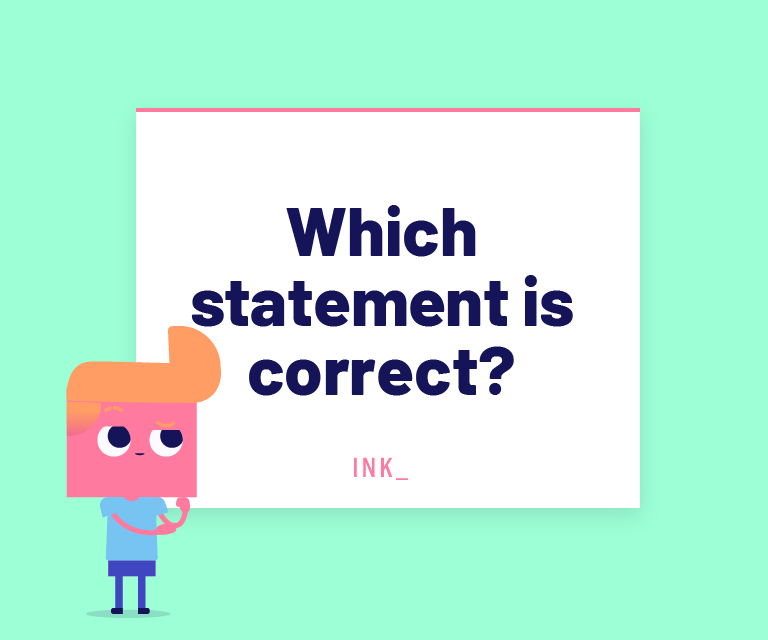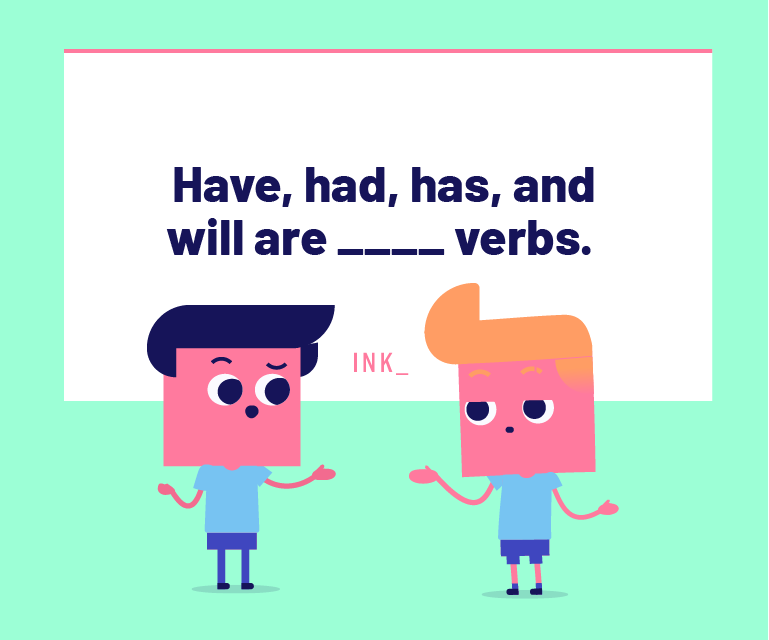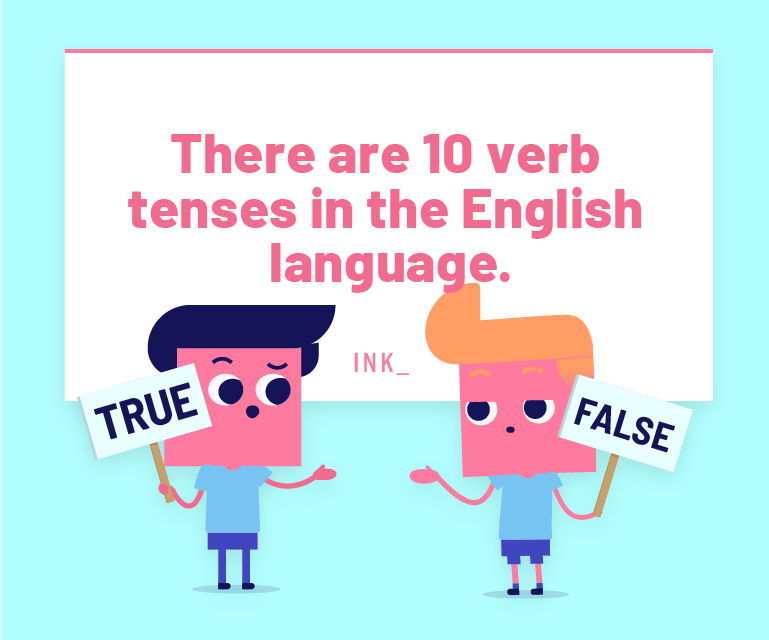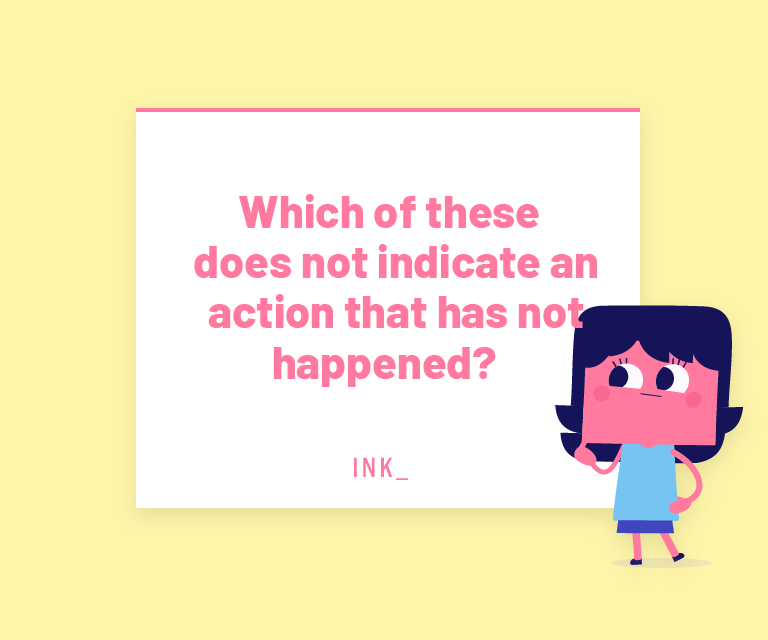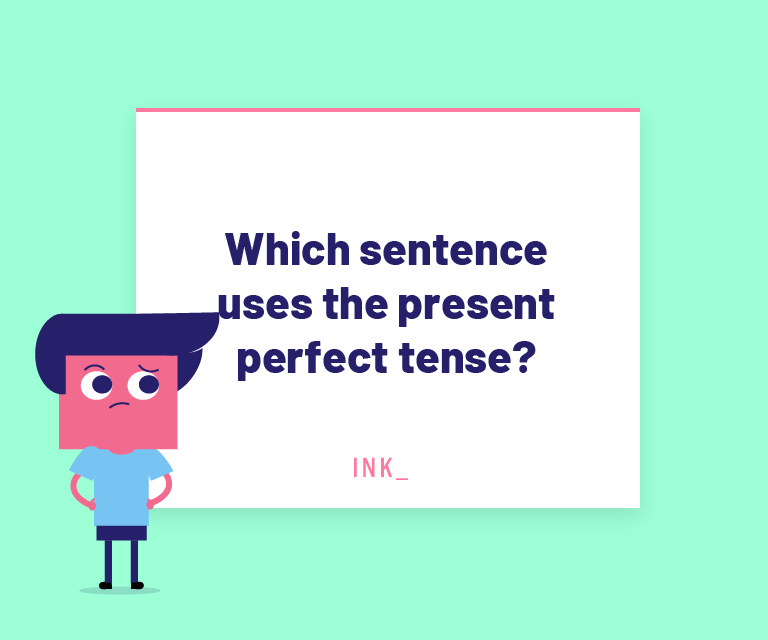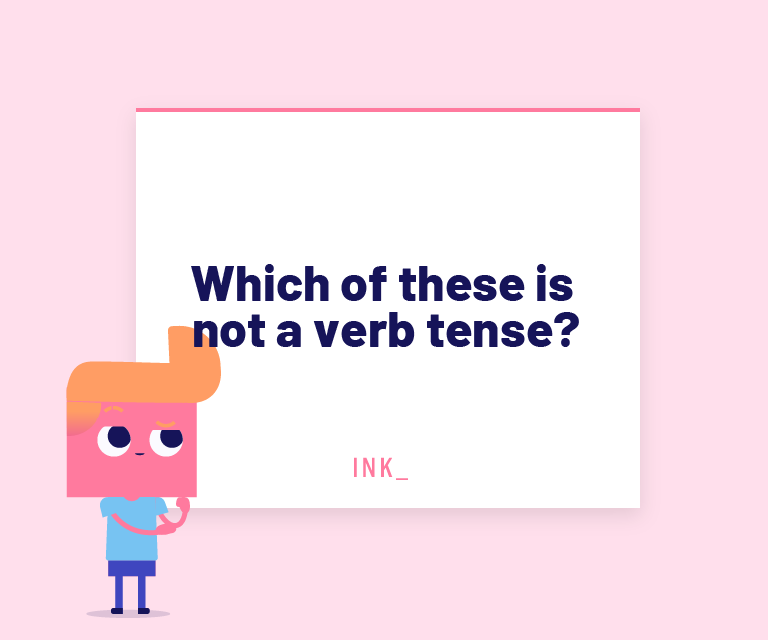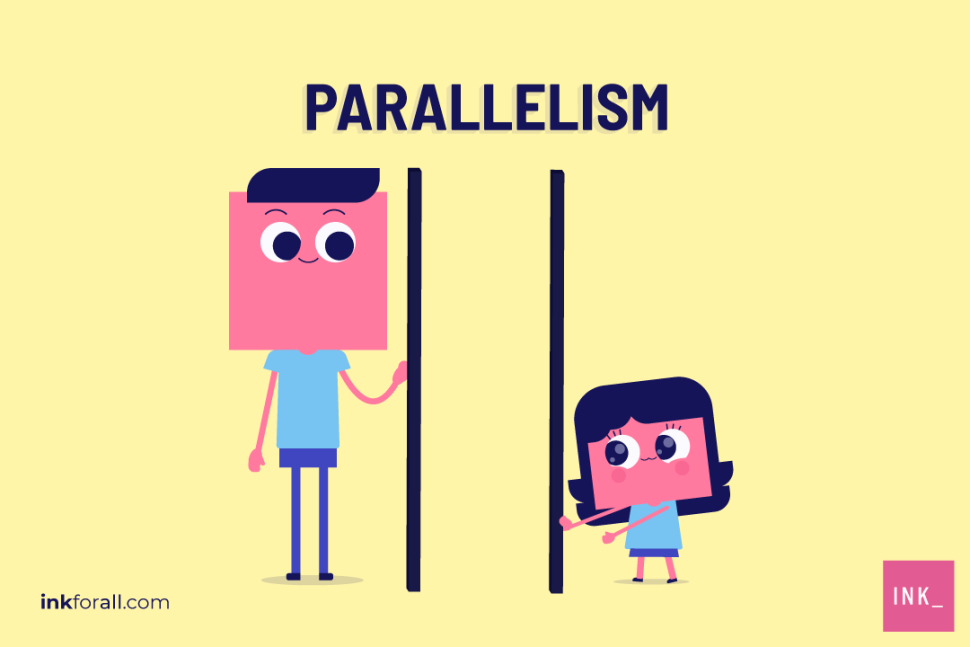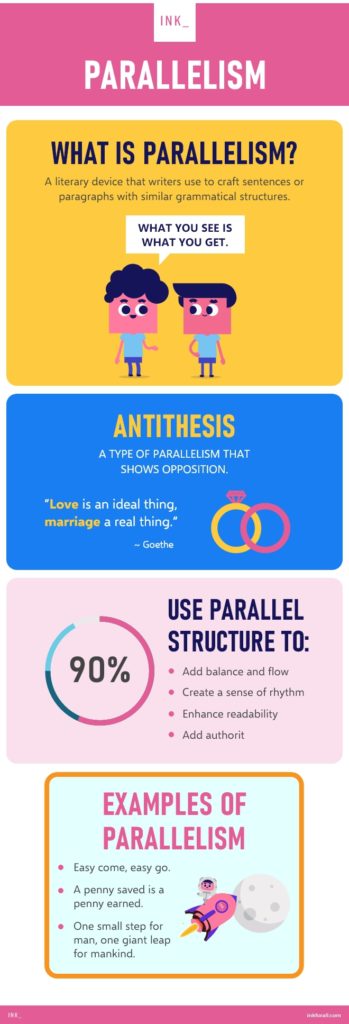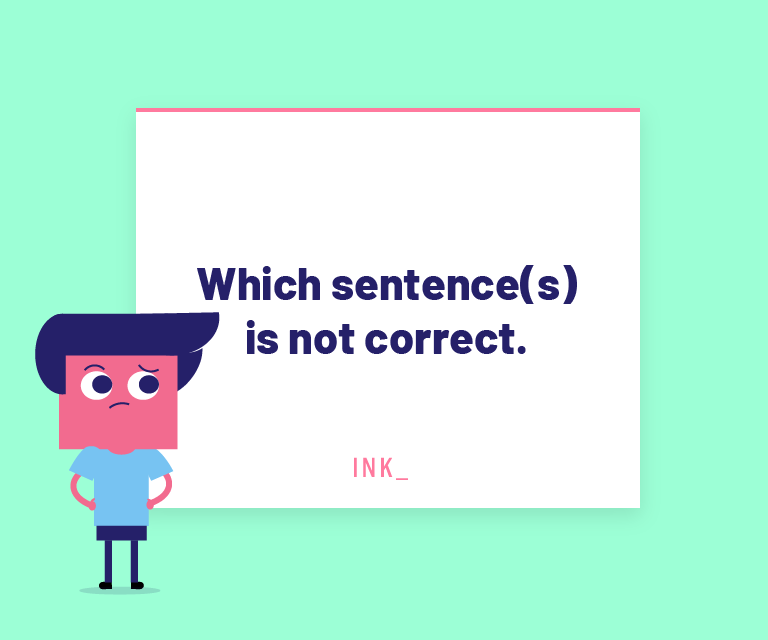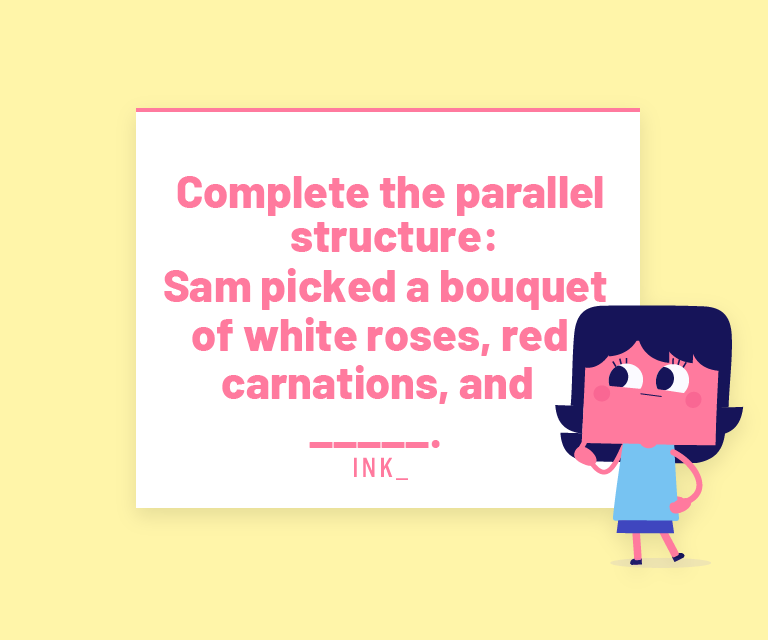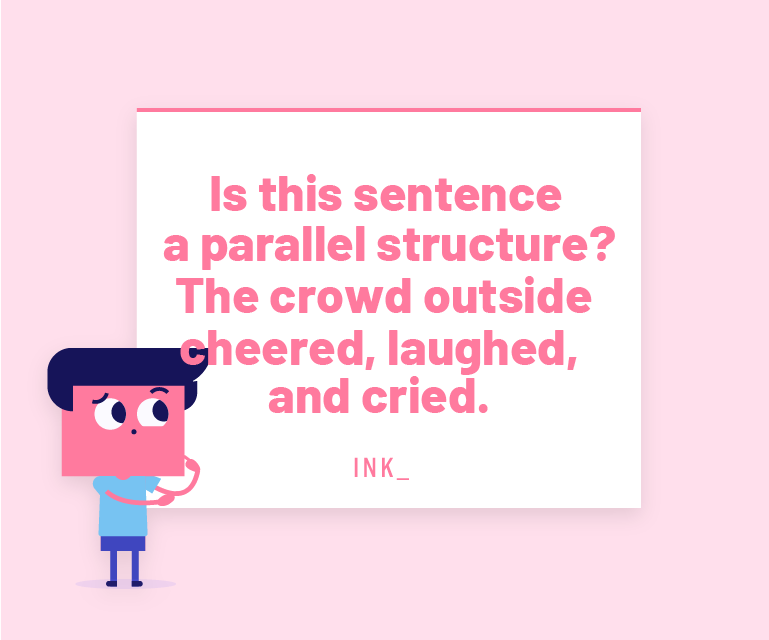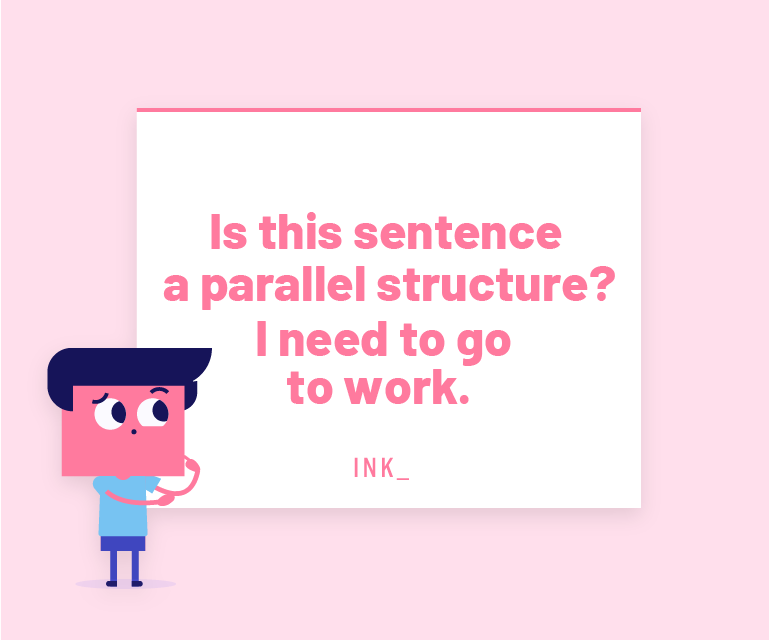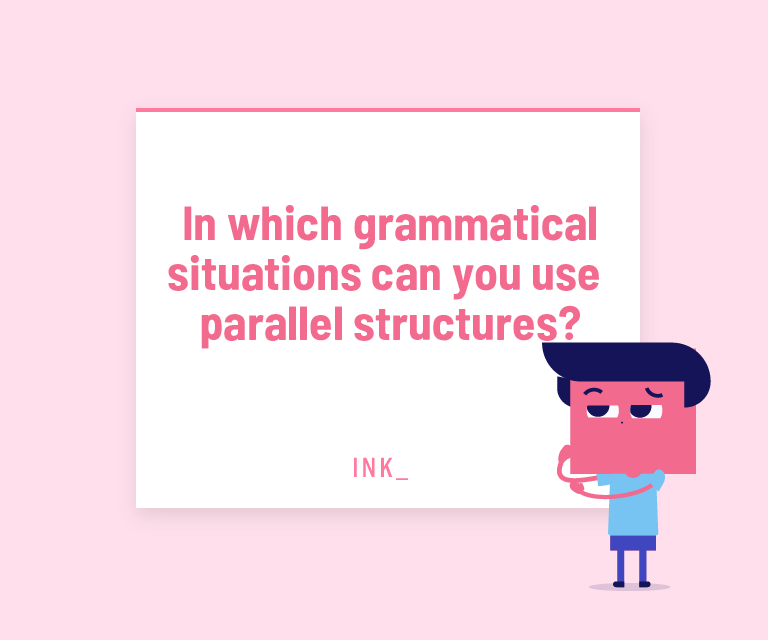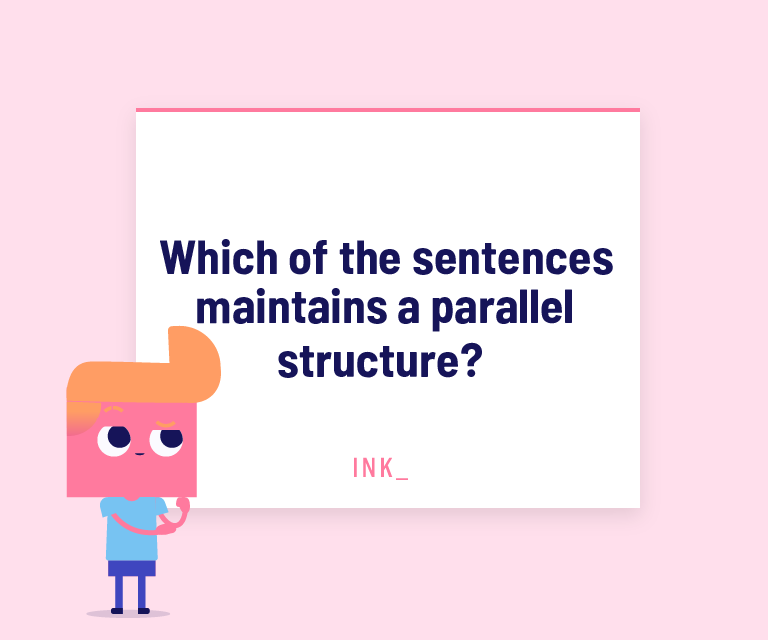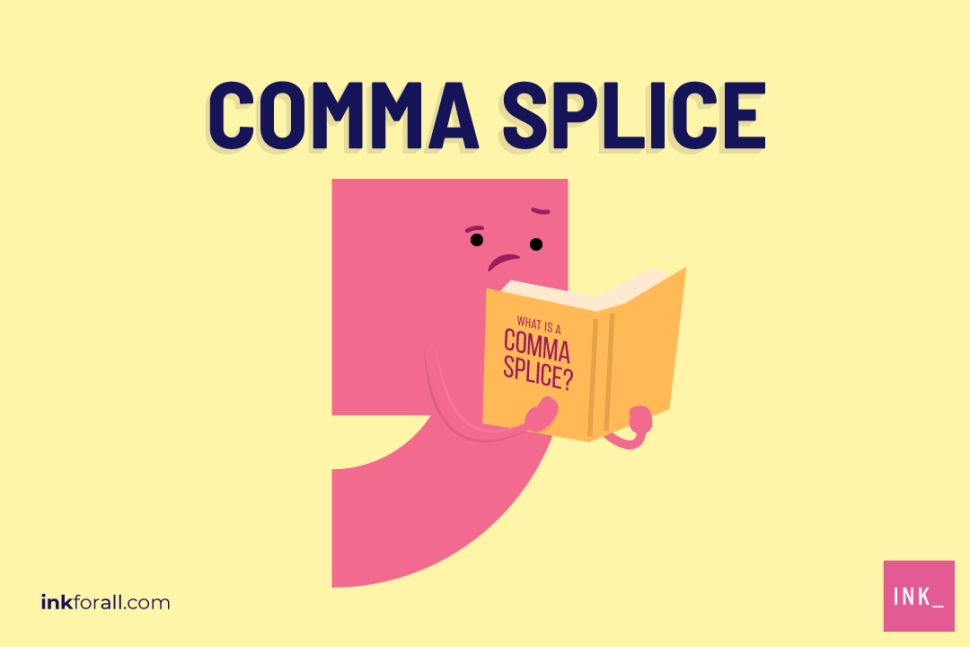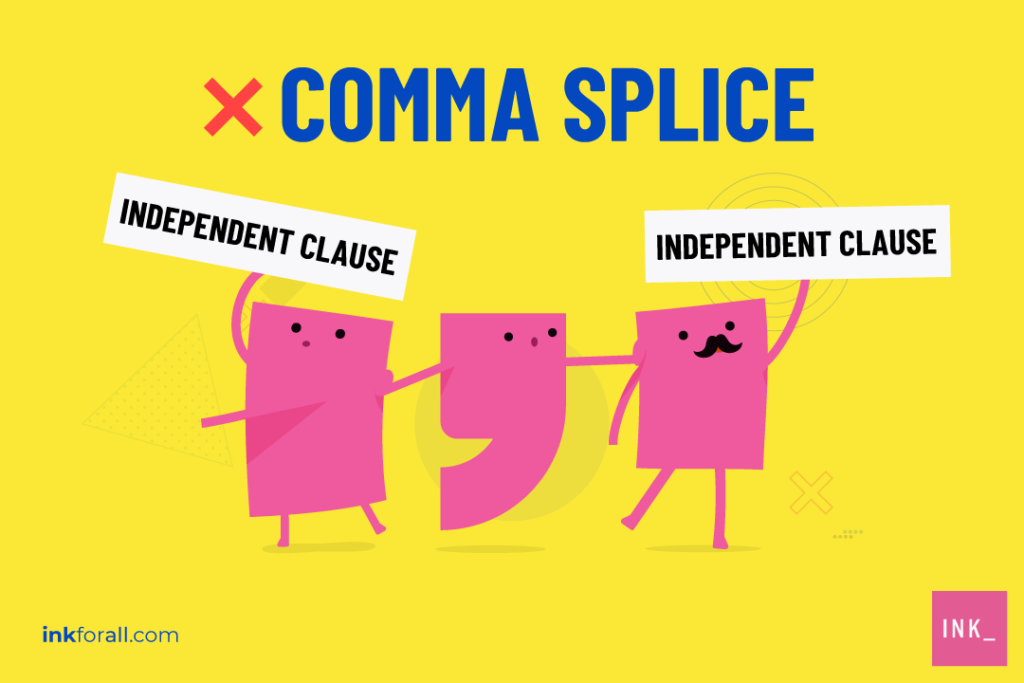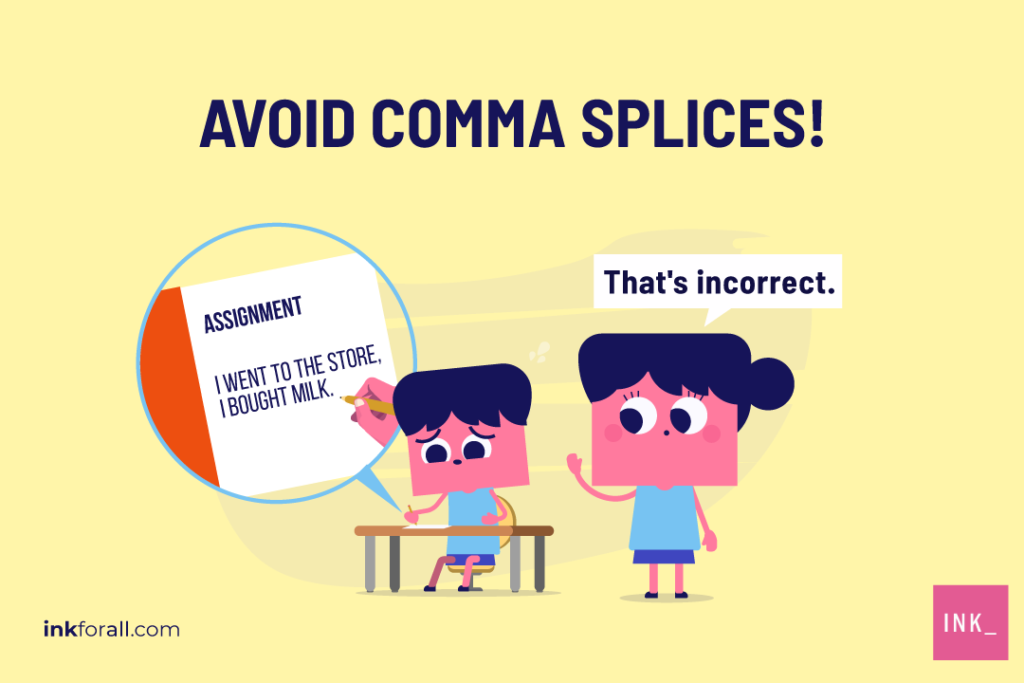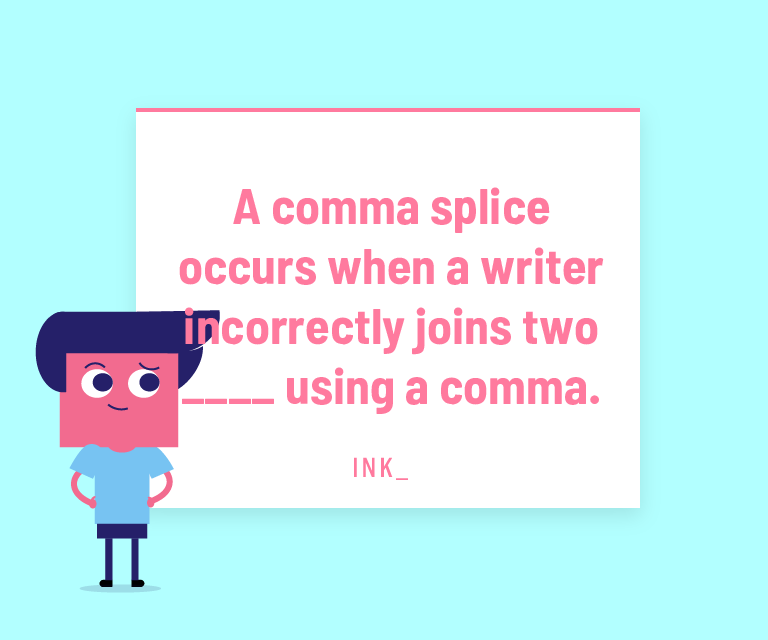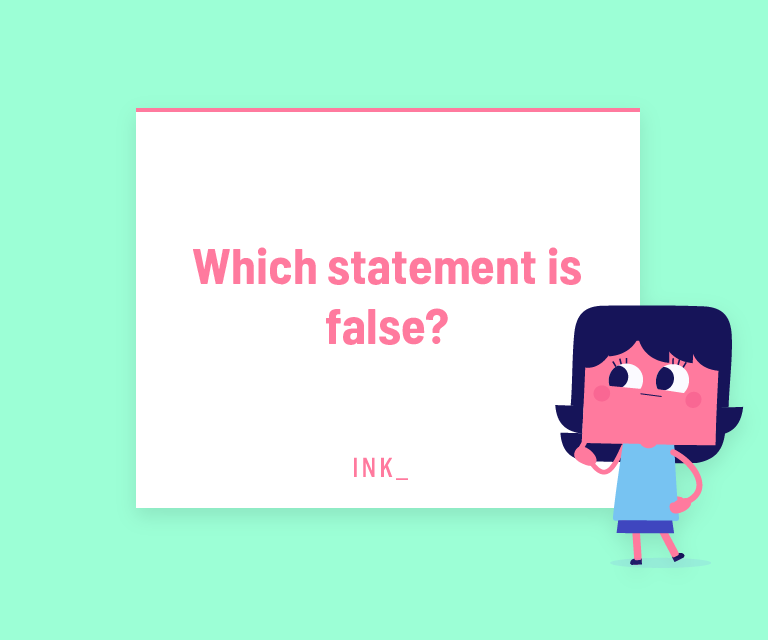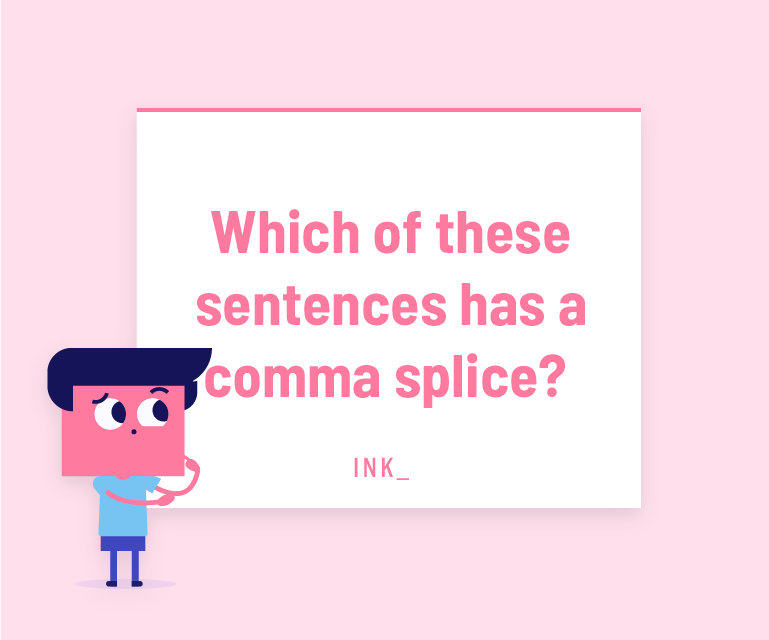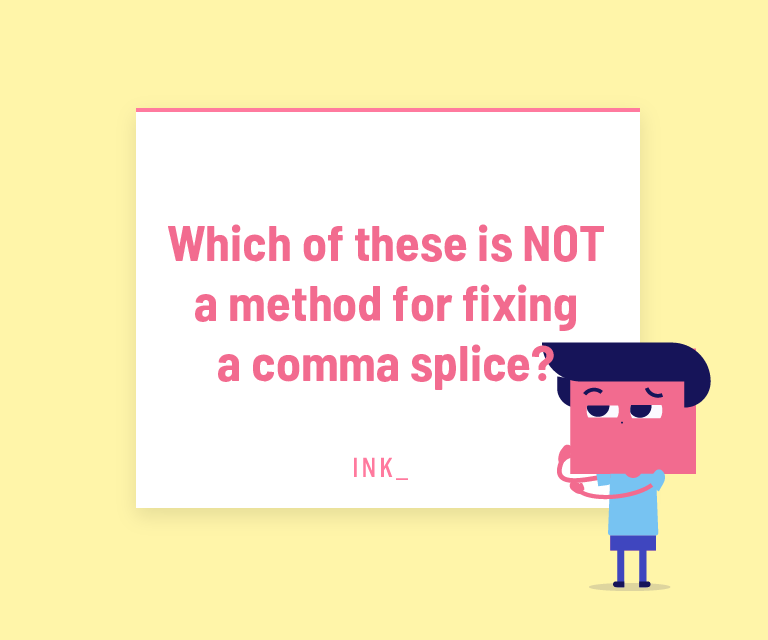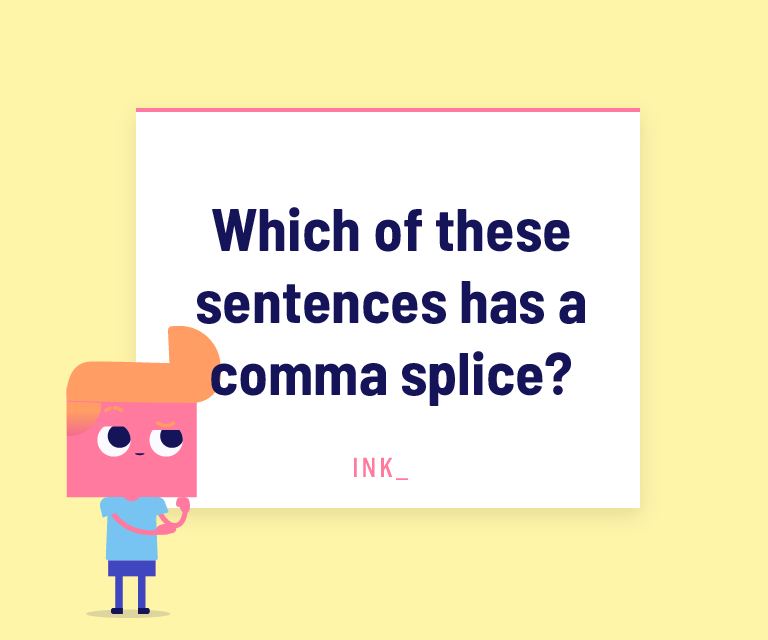Main Run-on Sentence Takeaways:
- A run-on sentence contains two or more independent clauses that aren’t properly separated and/or punctuated.
- Easily identify a run-on sentence by looking for multiple complete thoughts that aren’t properly separated.
- The three types of run-on sentences are comma splices, fused sentences, and polysyndetons.
- The reason you should avoid run-on sentences is they can make ideas less clear and even confusing to readers.
- Easily fix a run-on sentence by making two separate sentences, separating independent clauses with a semicolon, or using a comma with a coordinating conjunction.
- You can also use a semicolon, conjunctive adverb, and a comma. Or, join two independent clauses with a coordinating conjunction.
Sometimes our brains work faster than our fingers. The result is often a jumble of thoughts that run together. In writing, we call these run-on sentences. In this post, you’ll get an easy run-on sentence definition, tons of run-on sentence examples, and the five best ways to fix this grammatical error.
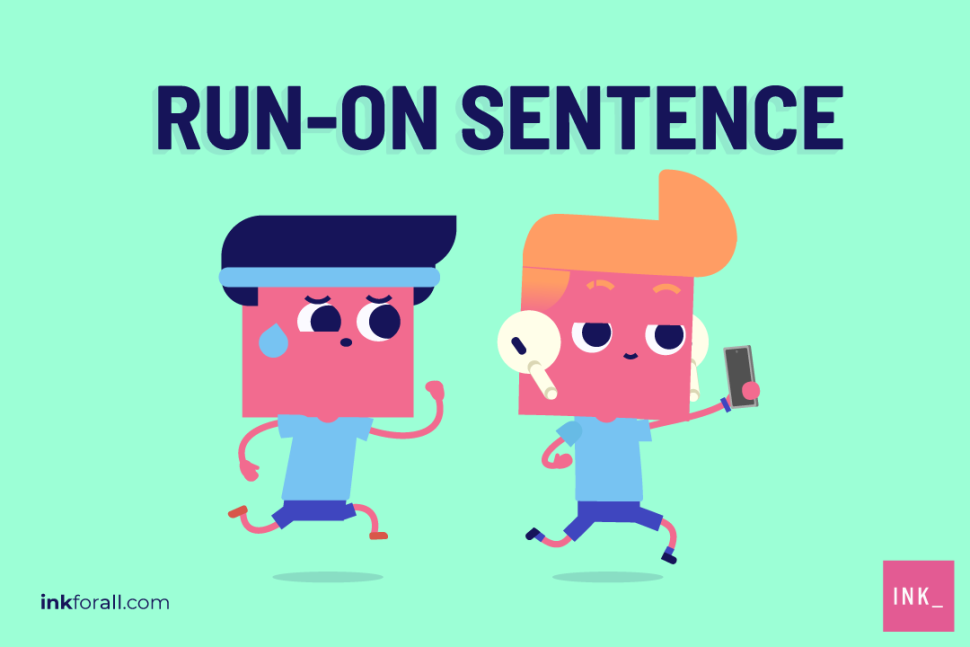

What is a Run-on Sentence?
A run-on sentence contains two or more independent clauses, or complete sentences, that are not joined properly. For example, these complete thoughts are not separated by a period or properly joined using conjunction (I love pizza I would eat it every day should be I love pizza. I would it it every day). In other words, it’s a mash-up of two complete thoughts that should be given their own space.
Whether you call it a run-on sentence, or just a hot mess, a sentence without proper punctuation can be downright confusing. When your audience can’t understand your writing, your meaning is inevitably lost. The good news is that it’s remarkably easy to turn a run-on into a grammatical masterpiece. Below are some examples of run-on sentences and how you can fix them.
Can a Run-on Sentence Have a Comma?
Yes, a run-on sentence can have a comma. However, a coordinating conjunction must come after the comma, separating the two independent clauses. Using only a comma between independent clauses will result in a comma splice, which is incorrect. See below examples of run-on sentences and how you can correct them:
Aside from a comma plus coordinating conjunction, you can also fix run-on sentences using a semicolon or simply breaking the independent clauses into two sentences.
Run-on Sentence Examples
Here are some examples of run-on sentences:
Here, you actually have three separate thoughts:
- I went to the store
- They had asparagus
- I bought three bunches
Putting them back to back without a period, comma, and/or conjunction in between creates a confusing sentence.
“There wasn’t a cloud in the sky” and “It was the perfect weather for a picnic” do seem related. That makes it tempting to put them together.
However, each clause is a complete thought on its own. Meaning, these two clauses require some kind of separation.
What are the Three Types of Run-on Sentences?
The three types of run-on sentences are comma splices, fused sentences, and polysyndetons. First, comma splices occur when a comma joins two independent clauses instead of a semicolon. Secondly, fused sentences crash two independent clauses together without any punctuation. Thirdly, polysyndetons overuse conjunctions like and, but, and so to join clauses together.
Let’s take a closer look at the three types of run-on sentences:
- comma splices
- fused sentences
- polysyndeton
1. Comma Splices
Comma splices are sentences that contain two complete thoughts joined by a comma. While the sentence does contain punctuation, it’s the wrong kind. It should be split into two sentences, or the comma swapped out for a semicolon.
2. Fused Sentences
Fused sentences are probably the most common type of run-on sentence. They contain two independent clauses that run together without proper punctuation.
3. Polysyndeton
Polysyndetons refer to several complete thoughts connected by far too many conjunctions. This results in a very lengthy sentence that’s hard to follow.
How Do You Identify a Run-on Sentence?
When you join two independent clauses (also called complete sentences) with a comma instead of a semicolon, without any punctuation at all, or with too many conjunctions, then you most likely have a run-on sentence. Scour your content for sentences that contain more than one complete thought. Are they properly separated and/or punctuated? When in doubt, separate complex sentences into shorter thoughts that are easier to track and comprehend.
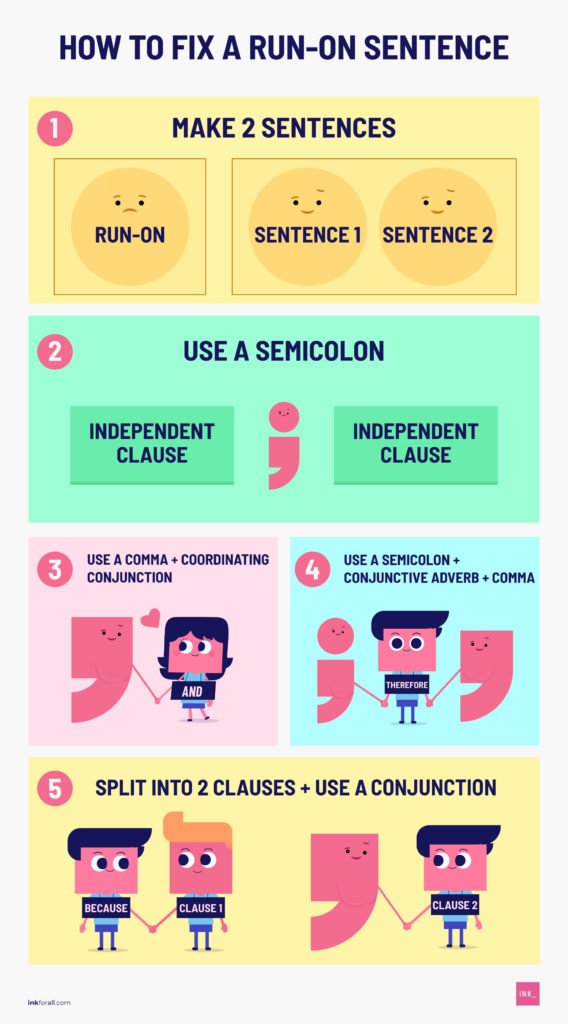

What are the Five Ways to Correct a Run-on Sentence?
There are five ways to correct a run-on sentence. First, make two separate sentences. Secondly, use a semicolon to separate independent clauses. Third, use a comma and a coordinating conjunction like and, but, and so. Fourth, use a semicolon, conjunctive adverb like therefore and a comma. Fifth, split the sentence into two separate clauses and use a subordinate conjunction to join them.
Realizing your text is peppered with run-ons? Don’t stress! These are small errors, and they’re easy to fix. All you need to do is separate the sentences. To do that, determine whether your idea would be best served by turning it into two sentences or inserting other punctuation.
1. Make Two Separate Sentences
Sometimes the simplest thing to do is insert a period.
2. Use a Semicolon to Separate Independent Clauses
Another option is to use a semicolon, but only if the two clauses are closely related.
3. Use a Comma and a Coordinating Conjunction
Here, we separate run-on sentences by inserting a comma followed by a coordinating conjunctionsuch as “and” or “but.”
4. Use a Semicolon, Conjunctive Adverb, and a Comma
Conjunctive adverbs are words like also, otherwise, and then that connect and smooth the transition between two independent clauses. They’re often used to show cause and effect or otherwise demonstrate why two ideas are related.
5. Split It into Two Separate Clauses and Use a Subordinate Conjunction
This method works similarly to the conjunctive adverb option above, except you’re going to use subordinate conjunction. Using subordinate conjunction turns the second clause into a dependent clause; it’s now secondary to the primary thought.
To help clean up you’re writing, go on a hunt for run-on sentences. Scour your content for sentences that contain more than one complete thought. Use any one of the five ways to fix a run-on sentence and make your writing as understandable and easy to read as possible.
Can You Spot a Run-on Sentence?
Run-on Sentence Question #1
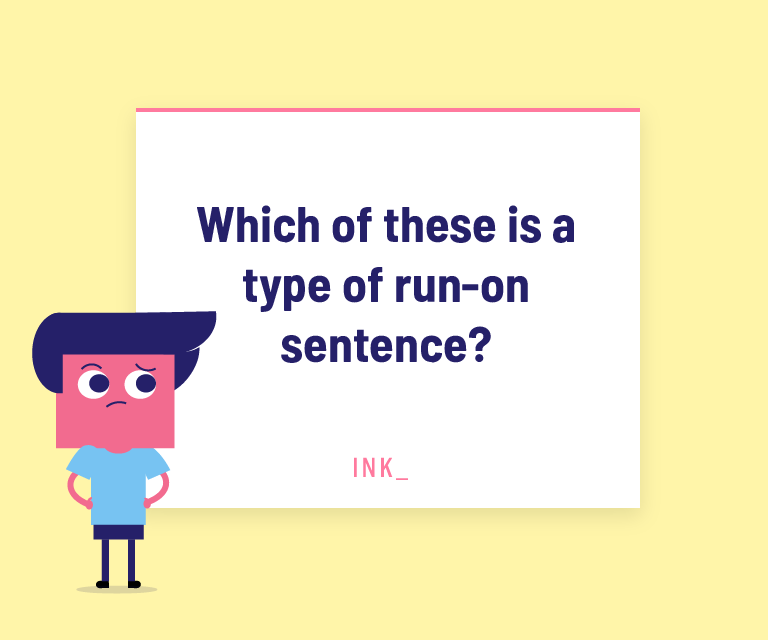

The answer is D. These three are the most common types of run-on sentences
Run-on Sentence Question #2
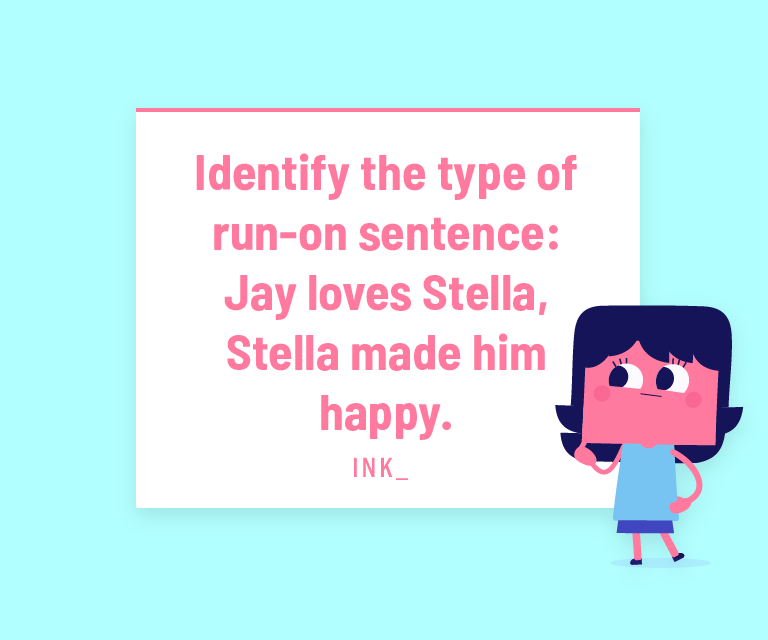

The answer is B. Comma splices are sentences that contain two complete thoughts joined by a comma.
Run-on Sentence Question #3
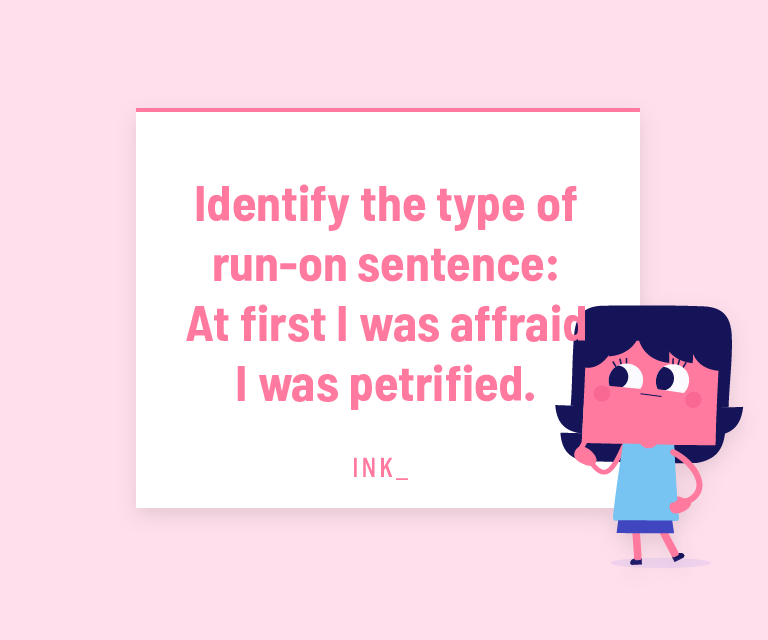

The answer is C. Fused sentences contain two independent clauses that run together without proper punctuation.
Run-on Sentence Question #4
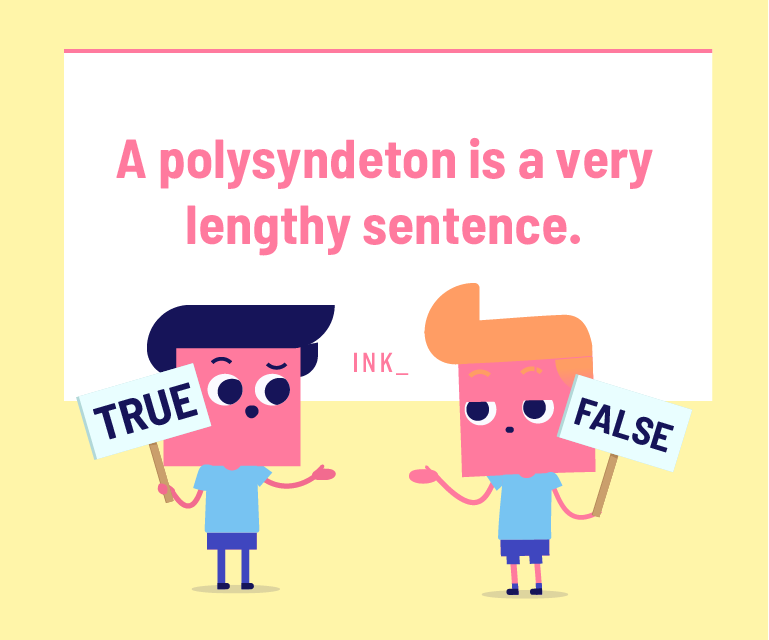

The answer is TRUE. Polysyndetons refer to several complete thoughts connected by far too many conjunctions.
Run-on Sentence Question #5
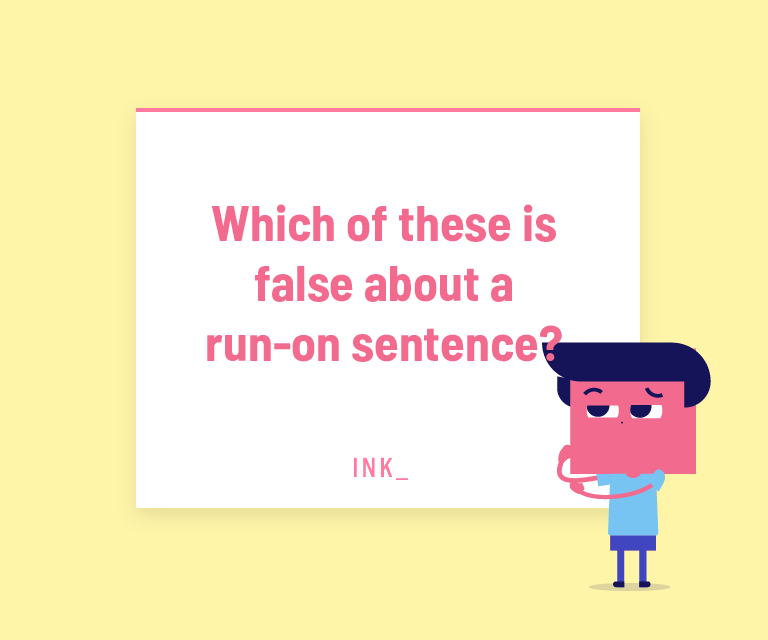

The answer is C. Run-on sentences can be confusing and difficult to read.
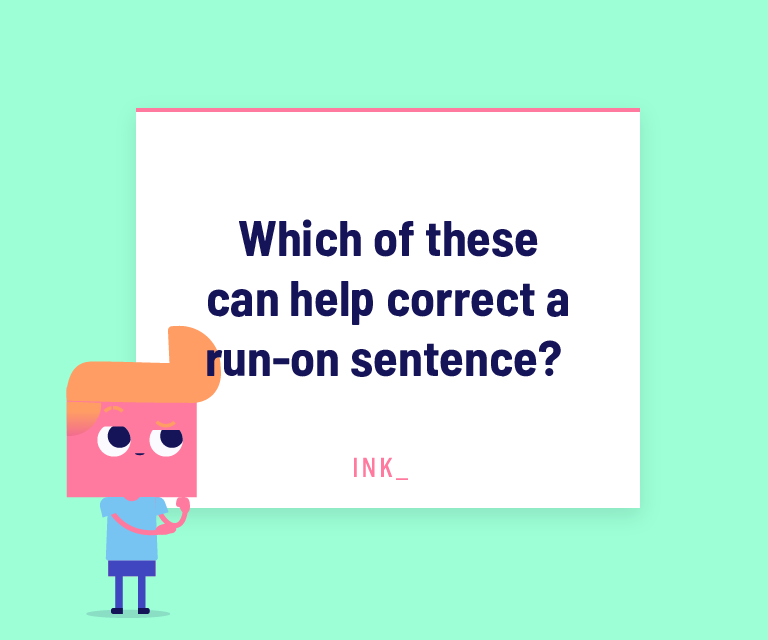

The answer is D. Note that you can only use a semicolon if the clauses are closely related.

